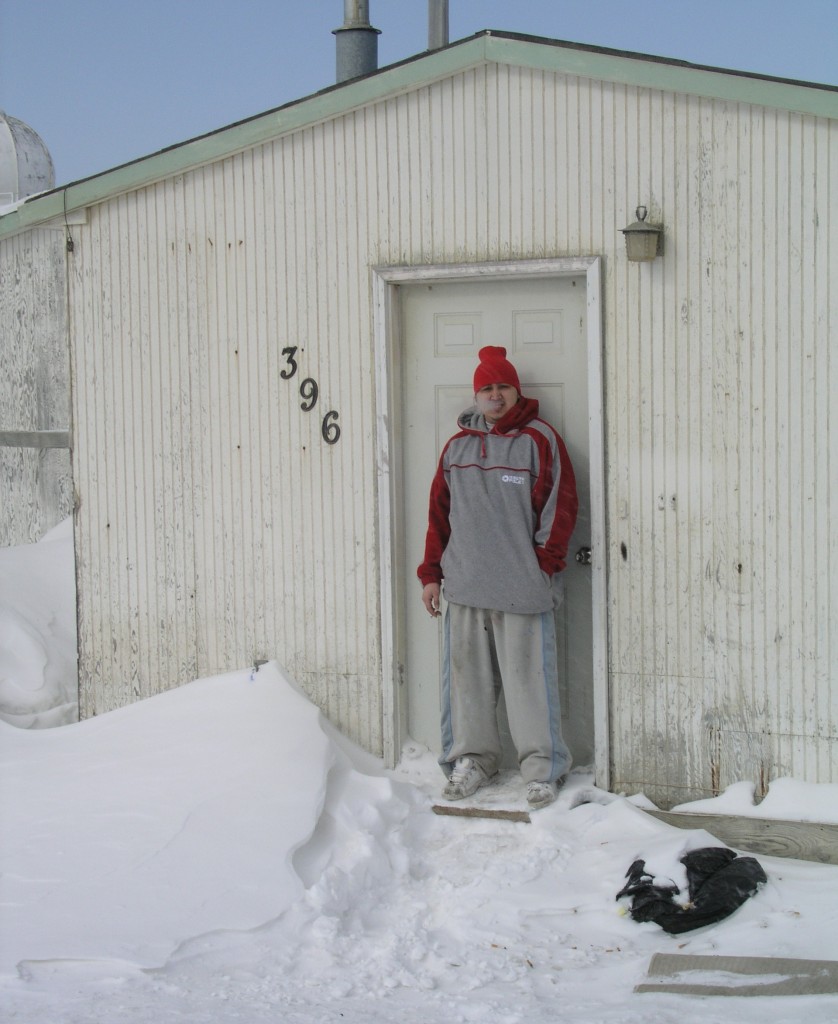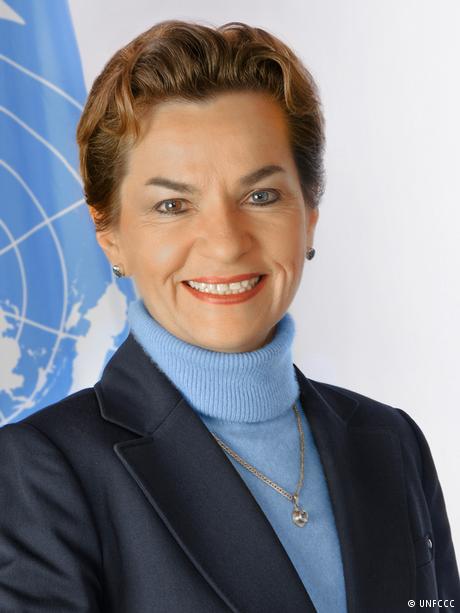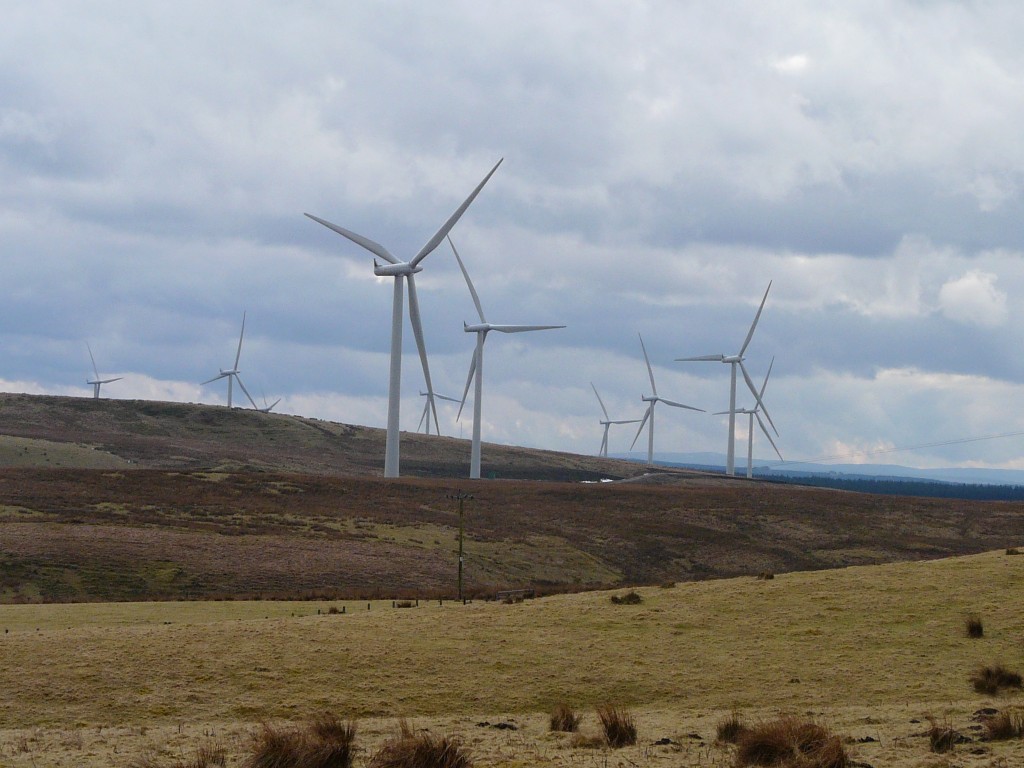Can UN and EU take the heat off Alaska?
It is with a heavy heart that I write this first blog post since my holiday, catching up with the latest climate news. A piece by Alex Kirby of Climate News Network drews my attention to the fact that temperatures in Barrow, Alaska, one of the first places to feature on the Ice Blog when it was created in 2008, have risen by an astonishing 7°C in the last 34 years (looking at the average October temperature). As Alex Kirby puts it, “an increase that, on its own, makes a mockery of international efforts to prevent global temperatures from rising more than 2°C above their pre-industrial level”. We need more climate action As I write, here in Bonn, negotiators from around the world are working away at those international efforts. This is the final round of formal negotiations before this year’s UN climate convention conference in Lima. I wish them every success, but I fear they will be feeling frustrated. Last night an EU summit came up with revised climate targets. And although the UN climate chief Christiana Figueres “welcomed the announcement”, it is quite clear to me that these targets will not inspire the world to make the emissions reductions we need to keep global warming below 2°C. Those of us who are concerned about what happens to the Arctic will not feel relieved to hear that the EU has actually lowered its targets ahead of next year’s key Paris climate meeting.
Let me quote Christiana Figueres, Executive Secretary of the UN Framework Convention on Climate Change (UNFCCC), who must, of course, by profession be diplomatic and optimistic about certain developments: “I applaud this move, which provides valuable momentum towards the Paris 2015 global climate agreement. The decision means that the EU will be able to submit its contribution to the Paris agreement by March next year. And it opens the door to greater ambition by all countries. The fact that the 28 countries of the EU, in different stages of economic development, can reach a good compromise bodes well for the ability of all nations to come to an effective agreement next year.”
Disappointing EU targets
Greater ambition? The door may be open, but the EU could have gone a lot further in its targets. The EU goals are anything but ambitious. By 2030, the EU wants to reduce its CO2 emissions by 40 percent compared with 1990, increase the share of renewable energy to 27 percent and increase its energy efficiency by 27 percent. This is a weak compromise, and the EU loses any claim it might have had to be a leader in combating climate change. Environment groups say 55, 45 and 40 respectively are the targets that would be necessary if Europe is to make its due contribution to limiting global warming to two degrees Celsius. But such ambitious figures were never on the agenda. Germany and others argued at least for a binding increase of 30 percent in energy efficiency and a 30 percent renewables target. But the heads of state and government had their work cut out even to reach an agreement on lower targets.

Emissions will have to go down much further if Barrow, Alaska, is to stay cool. (Pic: Quaile, Barrow, Alaska)
Given the figures agreed, it is hard to imagine how the EU wants to achieve its longer-term climate goals. By 2050, its greenhouse gas emissions are supposed to reduced by 80 percent. That would mean an additional 40 percent within just ten years. At the same time the Commission assumes renewable energies will already account for an energy share of 25% by 2020. Then they would only rise two percent more in the next ten years?
Economic growth ahead of climate protection
Industrial interests have won through. Coal and energy-intensive industries like steel have lobbied successfully. Too many measures to protect the climate could damage economic development and make European countries less competitive, was the message frequently spread in the run-up to the EU climate summit. Yet investment in climate protection and renewables can create jobs and provide new export opportunities. And the latest figures show that even that most frightening of competitors China is reducing its use of coal. For the first time in decades, the country’s coal consumption has virtually stopped increasing. Poland, which relies on coal for 90 percent of its electricity, successfully put the brakes on the EU’s climate policy. This shows up some of the weaknesses of EU structures. With regard to energy and climate policy, not only the overall framework, but every single proposal by the EU Commission has to be agreed unanimously by the Council of Ministers. That meant Poland could hold the others to ransom, threatening to veto any decision and derail ambitious proposals from Germany and others.
Yet Poland has had plenty of time to realize coal is bad for the climate and has to be replaced. And the country’s insistence on limiting energy efficiency goals is completely illogical. Better insulation and other energy-saving measures are good for the climate – and the economy, no matter what source of energy is used.
Europe can do better
Even if the EU is only responsible for ten percent of the world’s emissions, it could send out a key signal to the top emitters, China and the USA, and the rest of the world. Europe could show that the transition to renewable energy is not a barrier to economic growth. On the contrary: it provides new opportunities and is ultimately the most economic option. Germany’s Chancellor Merkel argued hard for higher targets at the Brussels meeting. At the same time the energy transition at home has been slowed down under pressure from industry. The Berlin government still has to do its homework to achieve its own climate targets. Nevertheless, by comparison with many of her EU-partners, Germany is looking good. France will be hosting the key UN climate conference in 2015, where a new world climate treaty is to be negotiated. President Francois Hollande has made this one of his top priorities. But if other countries follow the example Europe has set with these targets, he is in for a difficult time. And without an effective treaty with targets that are both ambitious and binding, the world will continue on course for a temperature rise of at least four degrees Celsius. That would be disastrous – not just for Europe, and especially for the Arctic and other icy regions of the planet.


















